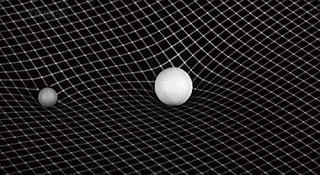Science Reporting by Press Release - Russell
Cristine Russell is a CJR contributing editor and the immediate past-president of the Council for the Advancement of Science Writing and a senior fellow at Harvard's Belfer Center for Science and International Affairs. She is a former Shorenstein Center fellow and Washington Post reporter. In this article, he has stated an old problem which has grown worse in the digital age.
The dark side of journalism has always been the degree to which some reporters rely on press releases and public relations offices as sources for stories. But recent newsroom cutbacks and increased pressure to churn out online news have given publicity operations even greater prominence in science coverage.
Charles Petit, a veteran science reporter and media critic, is concerned that science news is spoon-fed directly to the media through well-written press releases and handouts has become a powerful disruptive tool eroding the chance that reporters will craft their own stories. In some cases the line between news story and press release has become so blurred that reporters are using direct quotes from press releases in their stories without even acknowledging the source.
Increasingly, however, institutional news offices from government research agencies, universities, and corporations are putting out large press packages that provide well-written graphics, press releases, and even videos in a form that can be used directly by news outlets that are hungry for stories but lack the resources, time, and/or experience to do more thorough reporting. Ron Winslow, a senior health reporter and editor at The Wall Street Journal, said he uses press releases as a “way to judge the news value” of a story and decide whether to pursue it. He thought it permissible “to use a quote from a press release if you’re short on time and can’t reach someone.”
In a recent media panel at the annual meeting of the National Association of Science Writers, Petit cited instances in which clever press releases have propelled ho-hum science stories into must-read stories. He noted how closely many of the media outlets, particularly those from overseas, came to copying the press release language (and one another) instead of creating their own original headlines.
Various examples are given to back the argument of non-acknowledgment of plagirism of content. According to Petit, “The idea that reporters won’t quote from press releases has evaporated from the business”. He added that there is still excellent reporting from the usual suspects like the AP and The New York Times, and that prize-winning series—the “glamour stories of journalism”—are still around. But what has changed the most are the meat-and-potatoes daily stories. Those are the stories the public sees. Fortunately, thanks to a growing number of science press criticism Web sites and blogs, science journalism is itself coming under the microscope.

Comments
Post a Comment